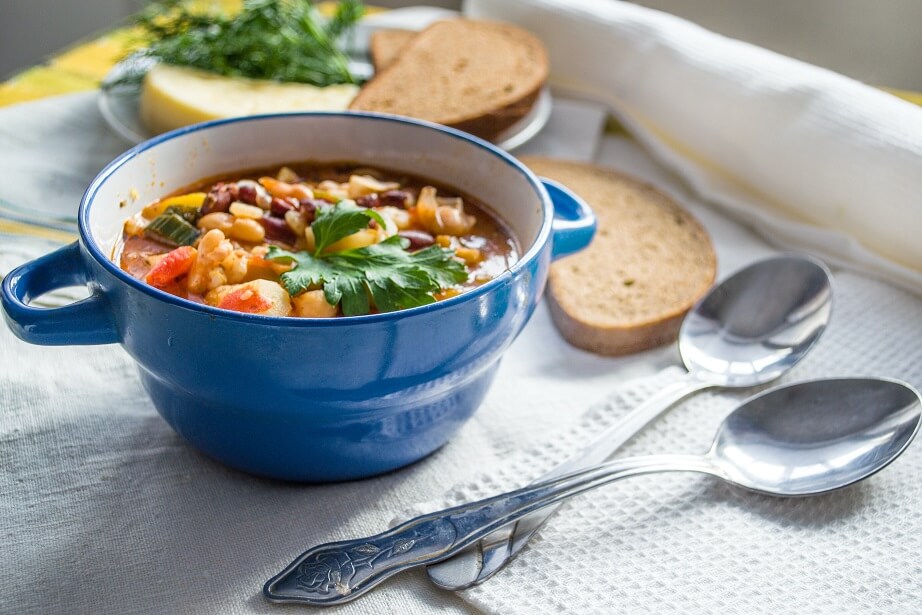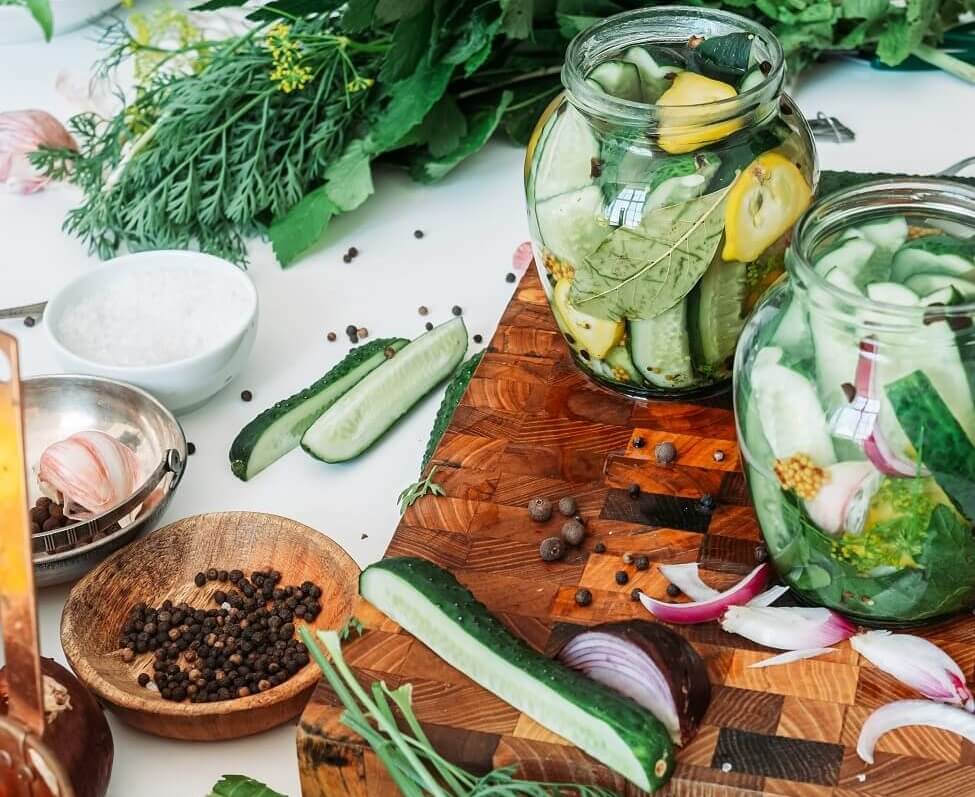The idea that eating your veggies is good for you is hardly a health and beauty secret. Getting your “five a day,” or aiming for a daily intake of 1.5-2 cups of fruit and 2-3 cups of vegetables, is linked with healthy immune function, lower risks of various diseases, and perhaps a more glowing complexion. But the majority of American adults aren’t meeting this goal.
A few factors play into this. Fresh produce can take time to prepare, and not everyone lives in an area with plentiful, affordable vegetables. But in many cases, veggies can still spark an “ugh” reaction that continues long past picky-eating childhood days.
If your fondest memories of veggies are the times you slipped them to the dog, take note: It’s not too late to genuinely look forward to getting in your greens. Try these ideas to make vegetables something you’ll actually want to eat.
Serve Up a New Style
Steamed or boiled cauliflower can taste like bitter mush. Throw the same cauliflower florets on a sheet pan with cumin seed, garlic salt, and maybe a sprinkle of tangy pomegranate seeds after the roasted cauliflower’s out of the oven. You might find you’ve eaten half of it before it even makes it to the table.
Switching cooking applications can be a total game-changer. If most of your experience with vegetables is canned, boiled, or unseasoned produce, it’s no wonder you’re leaving them on your plate.
Try these methods to bring out different flavors and textures in your veggies:
- Roast. Toss almost any vegetables with 1-2 tablespoons of oil plus salt and pepper to taste and roast at 425 degrees Fahrenheit. The dry heat helps natural sugars caramelize, producing vegetables with a sweeter, less bitter taste.
- Saute. High, dry heat for caramelization can bring out a sweeter vegetable flavor. An advantage of working with veggies in a pan is you can check how textures are changing and stop at your desired firm-tender texture.
- Air fry. If soft or mushy vegetables make you shudder, an air fryer may be the secret weapon to cooking crispy, well-seasoned veggies you actually enjoy.
Sneak In The Veggies

Disliking vegetables is often a matter of taste or texture. If you can disguise the aspect you don’t like, it makes them easier to eat. If the taste is your main concern, try making soups. Start with a soup base you like (e.g., chicken noodle), add veggies and seasonings you already like (e.g., carrots, garlic, thyme), and maybe a new veggie like peas. Cooking the veggies in your seasoned broth can mellow the new flavor out when combined with other flavors you like to give your taste buds time to get used to it.
For people who dislike vegetable textures, blending can be a good bet to eliminate stringy or fleshy textures. Mashing or pureeing veggies is a tried-and-true way to incorporate them more smoothly with foods you do like. Try adding a little blended butternut squash to macaroni and cheese sauce, mashing steamed cauliflower or kale with mashed potatoes, or adding greens to a smoothie.
If you’re really struggling to find a way to sneak in your veggies or want a bigger boost, try a greens powder. Some of our favorite greens powders have a less grassy, more palatable flavor (including notes of chocolate).
Showcase Your Veggies
Why should meat get all the flavorful rubs and delicious sauces? Deeming a vegetable the unapologetic star of a dish can make for a more enjoyable meal.
Roast broccoli in a steak rub to bring some of the spicy, smoky flavors you like over to the green side of the plate. If you’re grilling or prepping a stir fry, ensure the vegetables get a good coating of BBQ or teriyaki sauce. Classic veggie dishes like ratatouille, eggplant parmesan, or pasta primavera let multiple vegetables shine, and taste complete without any meat.
Supplement Your Veggies
If you’re in the habit of saving vegetables for dinner, it’s tough to get the recommended 2-3 cups per day. A more sustainable way to enjoy more veggies is to add them bit by bit throughout your day. Try supplementing each meal with a little extra produce:
- Add a generous scoop of fresh pico de gallo to scrambled eggs (tomato, onion, bell pepper).
- Mix pumpkin puree with pumpkin spice and a little sweetener to yogurt.
- Snack on baby sweet peppers, cherry tomatoes, cucumber slices, or carrots with a favorite dip (a little ranch or queso sauce won’t make the vitamins disappear).
- Fix an afternoon drink with a greens powder.
- Blend cooked veggies to add to pizza sauce, pasta sauce, or soup.
- Add blended greens to pesto.
- Enjoy a bowl of vegetable soup with lunch.
If you can add a few extra helpings of vegetables throughout your day, you have more opportunities to try out options you may like, taking the pressure off of dinner. And you may like veggies more if you can have them in smaller portions rather than eating a heap all at once.
Continue To Find New Favorites
Ultimately, you may find that there are certain veggies that appeal to you more than others, and that’s OK! You don’t have to like every single vegetable to be considered a veggie lover. In the same spirit, don’t give up. Just because you can’t bring yourself to love spinach doesn’t mean you’ll feel the same way about bell peppers, tomatoes, cabbage, bok choy, carrots, sweet potatoes, or zucchini.
It can take time and experimentation to let your taste buds adjust and figure out the most appealing preparations. The benefit is a wider, more adventurous palate and healthier nutrition in the long run.





